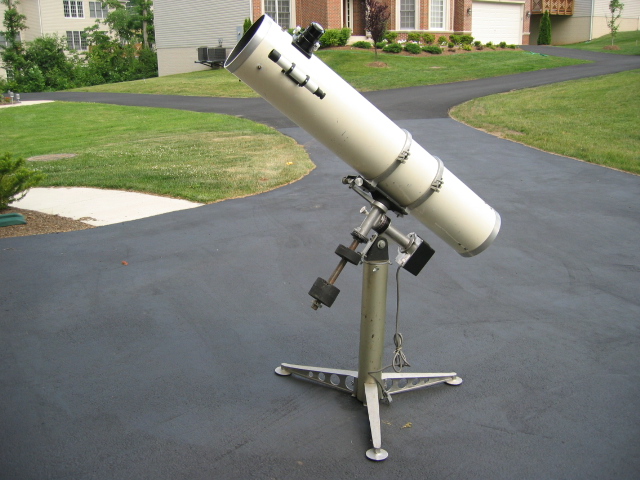Astronomy Optics and Sytems All About Telescopes
|
Observing Basics 1 |
I canít help remember my first telescope, and how I came to own it. My father brought home a Selsi Optics catalog one day and I started looking through it. One of his suppliers told him he could buy things for the same price department stores pay. It did not take long before I saw this gorgeous 454X white telescope with an equatorial mount and wooden tripod. It became my 10th birthday gift in 1962.
I quickly discovered the images and descriptions were misleading. The only things I ever ended up seeing was the Moon, Jupiter, Saturn, the Pleaides and The Great Oriopn Nebula. The only eyepiece that worked well was the lowest power eyepiece, and the claim of 454 X magnification was a joke.
The mount was not stable, and the movement was not very smooth. All and all the most impressive thing about in was the Ramenwood case lined with all these special green felt covered cubby recesses for holding all of the individual components when you wanted to transport the scope to another site.
Donít buy a telescope right away.
Manufacturers and Retailers advertise to entice consumers to make impulsive decisions based on representations in descriptive literature. Until you have taken the time to learn about basic astronomy and experience telescopes first hand, donít just roll the dice.
Visit with us and see the night sky through a variety of telescopes. It wonít be long and you will have narrowed your choices and thought about a realistic budget. If you pay close attention, you may even figure out how to save by purchasing good used equipment as I have.
